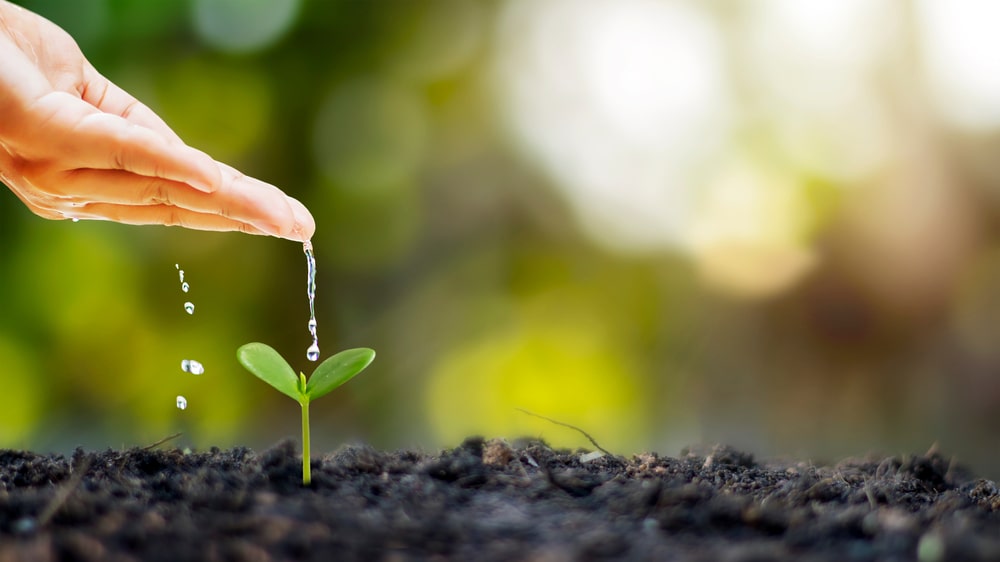Under appropriate light, temperature, aeration, and nutrient medium the growth of suspension culture is monitored very easily by simply counting the cell number per unit volume of culture in relation to days of culture and follows a growth curve that consists of:
Table of Contents
Type of growth curve in plants
lag phase, logarithmic phase, or exponential phase, linear phase, stationary phase, and death phase (below of Fig )
Lag phase
The cells adjust themselves to the nutrient medium and undertake all the necessary synthesis prior to cell division in this phase.
Logarithmic phase or exponential phase
After the lag phase, the next phase is called a logarithmic phase. As the population size of plant cells approaches one-half of the carrying capacity, the growth of culture per time unit increases. Linear phase: A further period of rapid cell division results in a linear increase in number and the phase is called the linear phase which is also a part of the exponential phase.
Stationary Phase
As nutrients are depleted and some of the cells of the culture being to show senescent characteristics. If the cells are removed just before or just after the entry into the stationary phase in each growth cycle and are sub-cultured to fresh medium, then identify patterns of growth of the cell line are maintained in each sub-culture.
Death phase
The rate of cell division within the culture declines and it passes through the stationary phase. At this time the growth rate slowly decreases due to the limitation of nutrients. If sub-culture is not carried out then cell death occurs. For experimental studies on the growth of cell suspension, the inoculum or cell density is an important factor. Very low density or high density of cells in liquid medium is unable to grow. For cell growth, an initial density of 2 × 106 cells/ml to 2 × 108 cells/ml is inoculated in a liquid medium.

Make sure you also check our other amazing Article on : Plant Hormones And Their Applications
